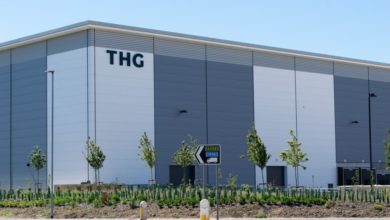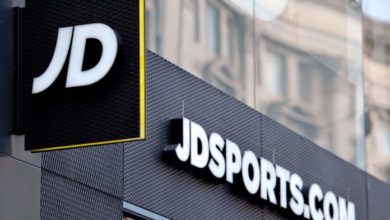Advice
Preparing retail for what’s to come right up to and beyond Brexit

Next, one of the biggest British retail names, recently reported ‘better-than-expected’ quarterly results but raised a red flag on Brexit-related risks to its business and the industry as a whole. With threat of online competition already causing uncertainties, ambiguity around Brexit has added to the challenges keeping retailers alert.
You'll need to
subscribe to unlock this content. Already subscribed? Login?







